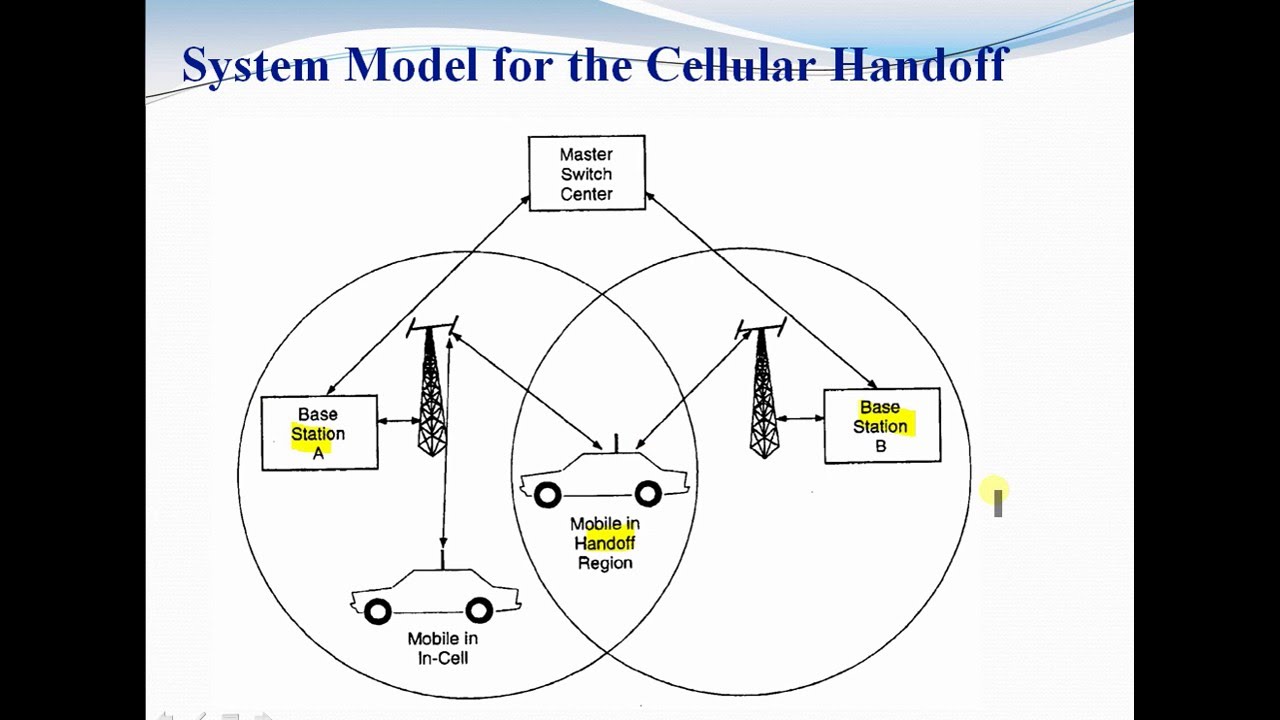Handover and handoff are different words for the same idea
On a WiFi system, where mobility is not the norm, a device will stay connected to a particular router. If the device moves then eventually the signal will be lost and the device will attempt to another router. There will be a break in transmission. This is a hard handover and in the mobile phone world this should be a last resort. It would be beneficial if a MS moved from one cell to another without losing the signal
There are a number of different reasons and types of handover :
- A subscriber moves nearer to another mast still controlled by the same MSC
- A subscriber moves out of range of a mast run by one MSC and within range of a second MSC.
- A mast or MSC is getting busy and the network tries to balance the demand by moving subscribers to another MSC
- A subscriber on a 4G network wishes to make a call (or send a text) that can only be carried on a GSM based network
- Whilst roaming, a stronger network comes into range
- If the subscriber is alive, connected to the network but not sending or receiving a call or data then the handover is unnoticed by the subscriber.
- If the subscriber is sending data and a handover occurs then one or more packets could be lost, but this would involve re-transmission
- If a subscriber is mid phone call there is potential for the call to be lost or maybe a break in the call
A hard handover is where the communication with one cell is lost before the connection to the next cell is made. This will always be the case when roaming and a different mobile operator is chosen. Also if the MS needs to change the frequency used then a hard handover must be enacted; a MS cannot transmit / receive on two different frequencies at the same time.
A soft handover offers near continuous transmission when a MS moves from one cell to another. The MS continuously monitors the cell strengths of the different masts that it can see and reports back, through the Base Station, to the MSC. It is at the MSC the decision is made as to whether to switch. If the two cells use the same MSC then this is simpler than if there are two MSC involved. In either case the phone is effectively connected to the new cell and the current MSC will at some point make the switch, seamlessly.
A softer handover can be undertaken at the periphery of the network if the two cells involved are both connected to the same BSC. Then the BSC will do the switching, and inform the MSC of the change.
*u* ©mobilephonetechnology.co.uk all rights reserved 2017- 2026




